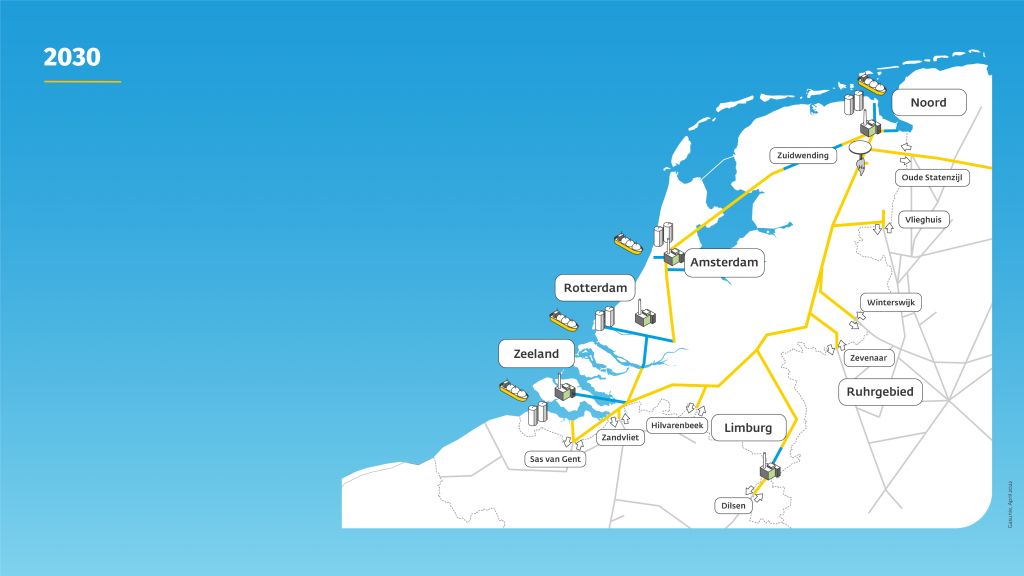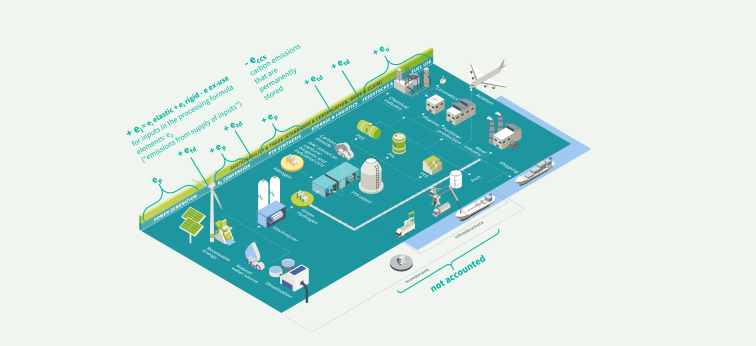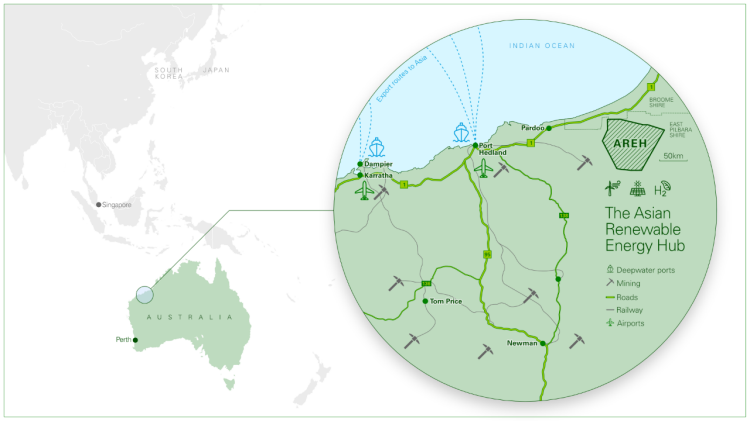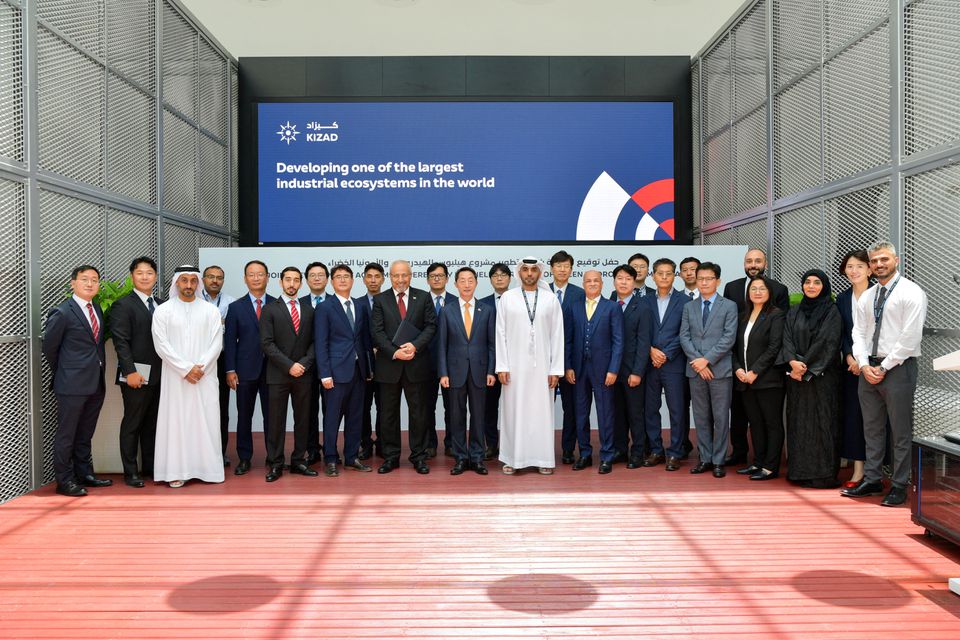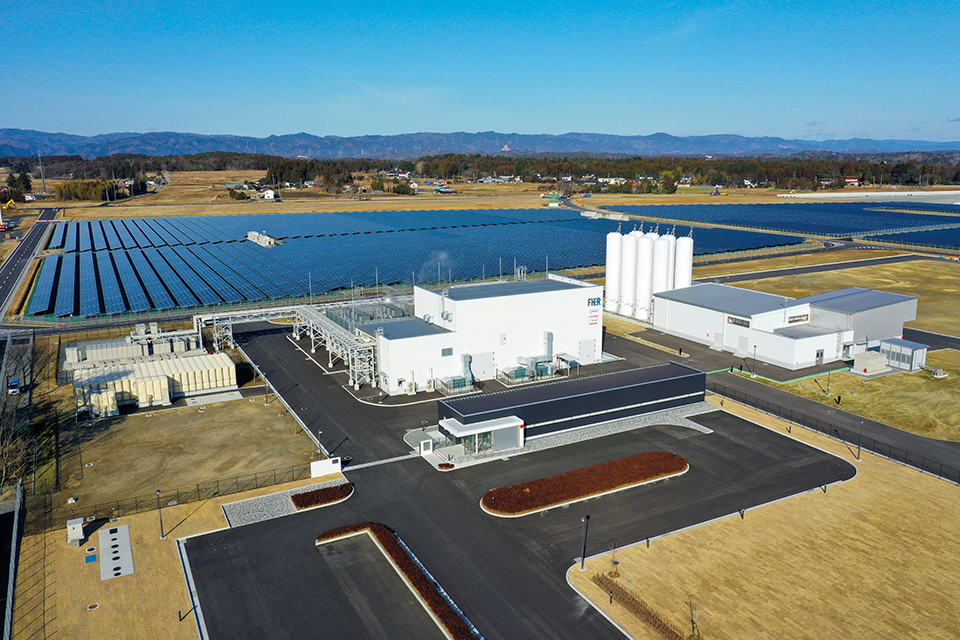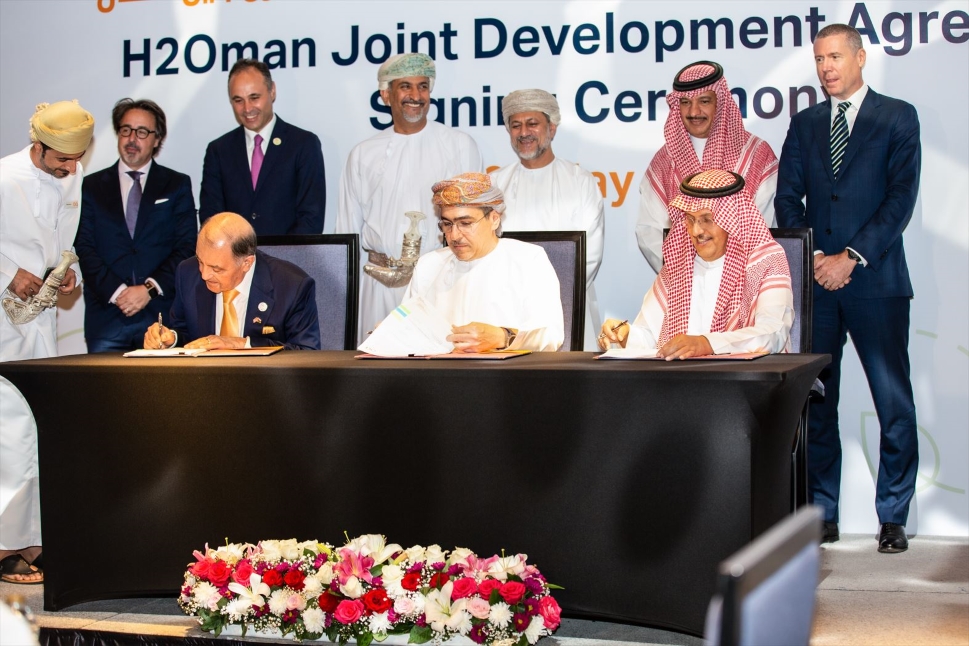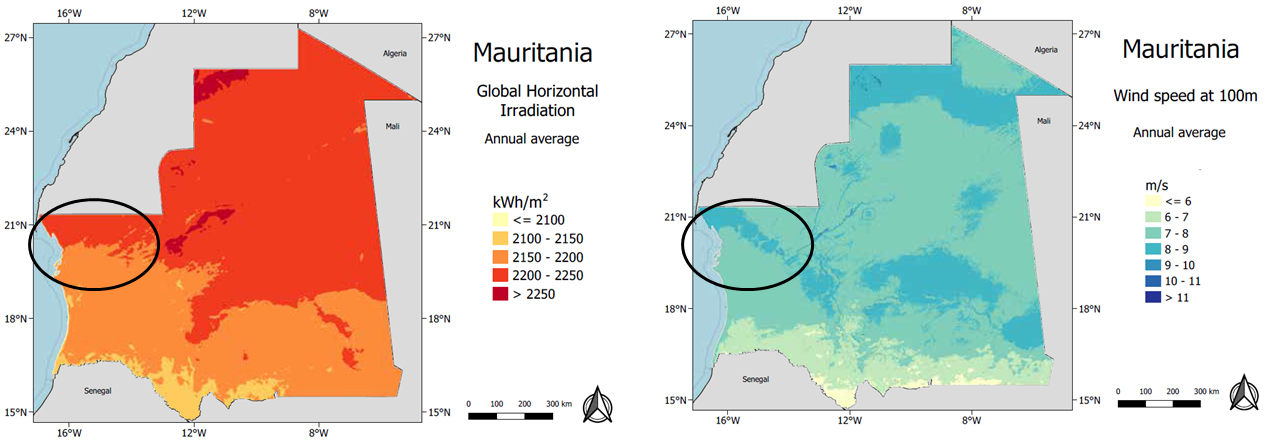Air Products and Gunvor to develop new import terminal in Rotterdam
Air Products and Gunvor will jointly develop a renewable ammonia import terminal at Gunvor Petroleum’s existing refinery & distribution facilities in Rotterdam Europoort. The partners expect to be providing hydrogen to the Netherlands in 2026, with the new terminal receiving imports of renewable ammonia from Air Products production projects around the world. The new project is now the third ammonia import terminal under development at the Port of Rotterdam, and comes the same week as Dutch gas network operator Gasunie announced that it had started construction of a national hydrogen distribution network in the Netherlands.
